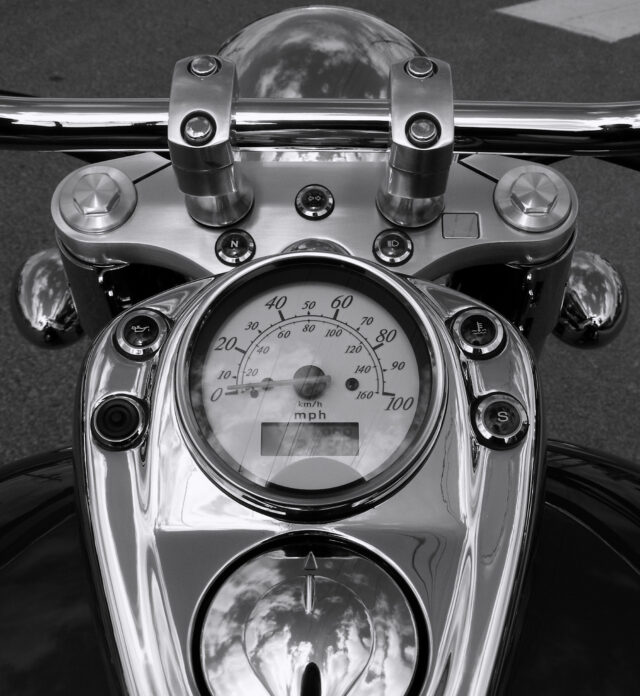
Ensuring Optimal Performance: A Comprehensive Guide to Motorcycle Fuel System Checks
From fuel-injected to carburetor-based systems, we’ll delve into the intricacies of the motorcycle fuel system. This section will cover cleaning or replacing the fuel filter, checking for fuel leaks, and discussing the importance of fuel stabilizers for bikes that may be stored for extended periods.
Introduction
The fuel system is the lifeblood of any motorcycle, playing a crucial role in delivering the necessary fuel-air mixture to the engine for combustion. Regular checks and maintenance of the fuel system are essential to ensure optimal performance, fuel efficiency, and overall longevity of your motorcycle. In this article, we’ll delve into the key components of a motorcycle fuel system check and provide a step-by-step guide to keep your ride running smoothly.
Visual Inspection
- Begin by inspecting the fuel tank for any signs of leaks or damage.
- Check the fuel lines and connections for cracks, kinks, or loose fittings.
- Examine the fuel filter for any debris or contaminants.
Fuel Tank Cleaning
Periodically clean the inside of the fuel tank to remove sediment and debris that may accumulate over time.
Use a fuel tank cleaner or additives to maintain fuel system cleanliness.
Fuel Pump Check
Test the fuel pump by turning the ignition on without starting the engine. Listen for the characteristic humming sound, indicating the pump is functioning.
Ensure that the fuel pump is delivering the proper fuel pressure, as per the manufacturer’s specifications.
Fuel Injector Inspection
Check for any visible signs of damage or leaks around the fuel injectors.
Run a fuel injector cleaner through the system to remove deposits and improve injector performance.
Throttle and Idle Speed Adjustment
Inspect the throttle cables for proper tension and adjust if necessary.
Check and adjust the idle speed according to the manufacturer’s recommendations.
Air-Fuel Mixture Adjustment
If your motorcycle allows for it, check and adjust the air-fuel mixture for optimal combustion.
Refer to the owner’s manual or consult with a professional mechanic for guidance.
Fuel Quality
Always use high-quality fuel recommended by the motorcycle manufacturer.
Avoid using old or contaminated fuel, as it can lead to poor performance and engine issues.
Fuel System Diagnostics
Use a diagnostic tool to identify any error codes related to the fuel system.
Address any issues indicated by the diagnostic tool promptly.
Regular Maintenance Schedule
Follow the manufacturer’s recommended maintenance schedule for the fuel system.
Keep a record of fuel system maintenance to track when various components were last inspected or replaced.
Professional Inspection
If you’re unsure about any aspect of the fuel system or encounter persistent issues, seek the expertise of a qualified motorcycle mechanic.
A well-maintained fuel system is essential for the optimal performance and longevity of your motorcycle. By performing regular checks and adhering to a proactive maintenance schedule, you can ensure that your bike’s fuel system operates efficiently, providing a smoother and more enjoyable riding experience. Remember, a little care goes a long way in preserving the health of your motorcycle’s fuel system.



